Product Overview
The DIEGRINDER Drill Set is a high-performance rotary tool designed for grinding, polishing, cutting, drilling, engraving, and shaping various materials such as metal, wood, plastic, and stone. This set is ideal for professionals, DIY enthusiasts, and hobbyists, offering powerful performance and precision control for detailed work.
Key Features:
- Multipurpose Use: Supports grinding, cutting, drilling, polishing, and engraving.
- High-Speed Motor: Provides smooth and efficient operation.
- Ergonomic Design: Ensures a comfortable grip and control.
- Adjustable Speed: Suitable for various materials and applications.
- Durable Build: Made with high-quality materials for long-lasting use.
- Includes Multiple Accessories: Comes with drill bits, grinding stones, and more.
Technical Specifications:
- Tool Type: Die Grinder Drill Set
- Power Supply: AC 220V / 110V (varies by model)
- Speed Range: Up to 30,000 RPM
- Chuck Size: 3mm – 6mm
- Material Compatibility: Metal, wood, plastic, stone
- Weight: Varies by model
Applications:
- Metal & Woodworking
- Jewelry & Craft Engraving
- Electronics Repair & Soldering
- Carving & Polishing Work
- Industrial & DIY Home Projects
Why Choose DIEGRINDER Drill Set?
This powerful and versatile tool is an essential addition to any workshop, providing precision, speed, and durability for various grinding and drilling tasks.
| Head Type |
|---|
Only logged in customers who have purchased this product may leave a review.

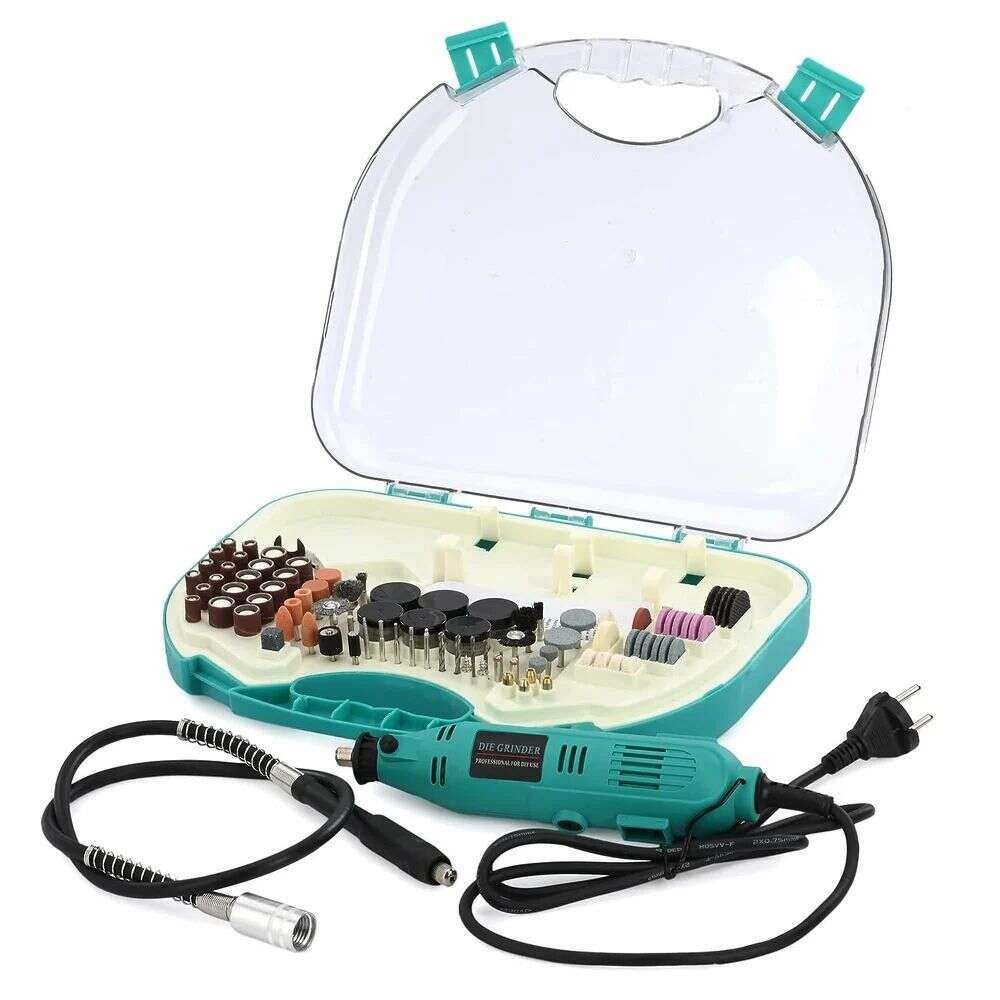
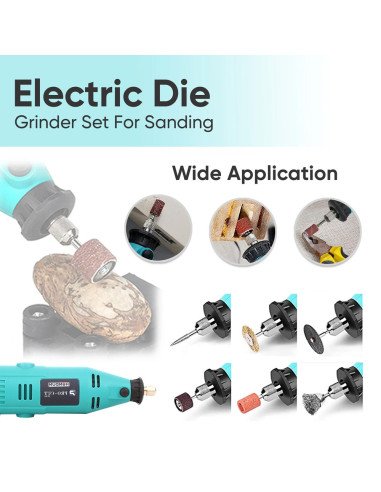

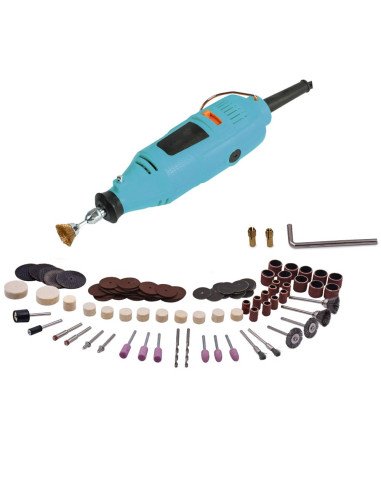
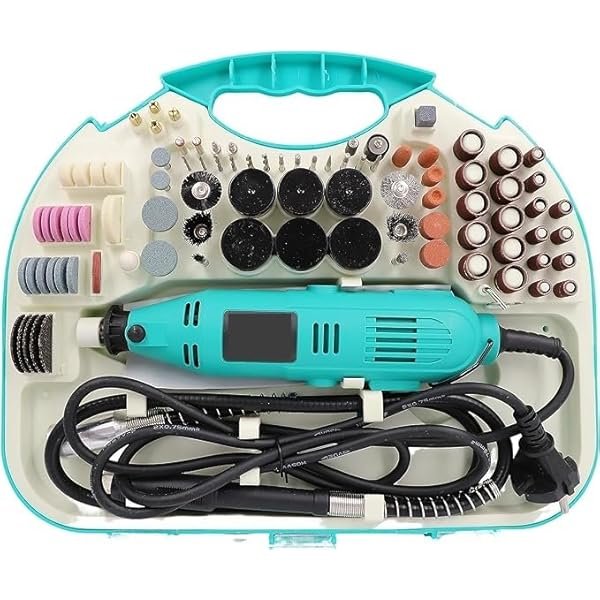
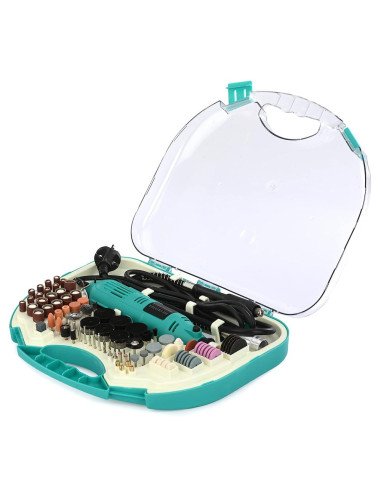
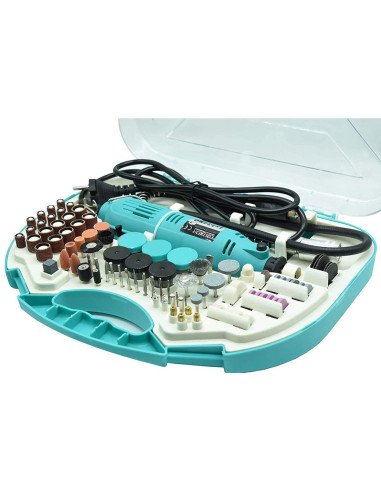



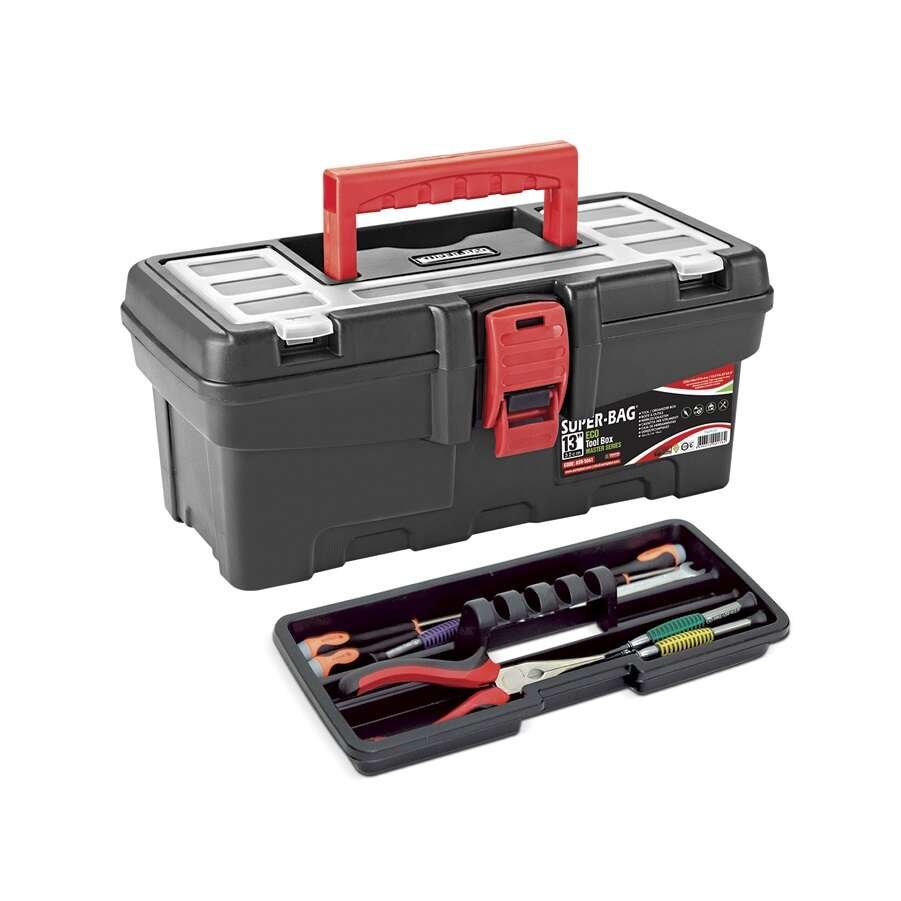


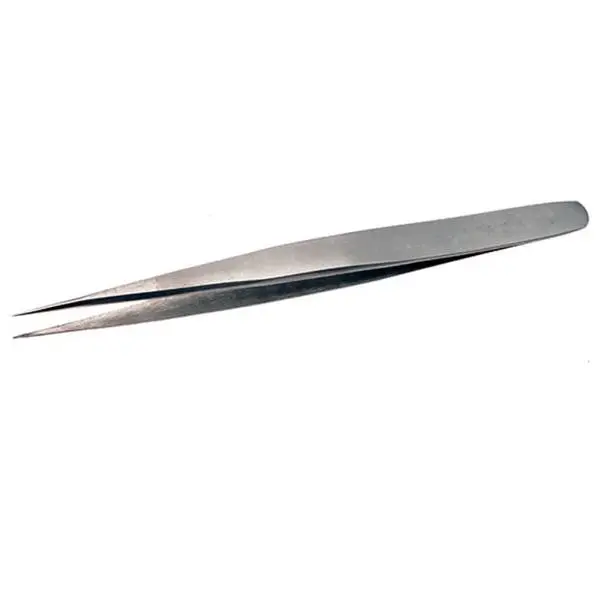





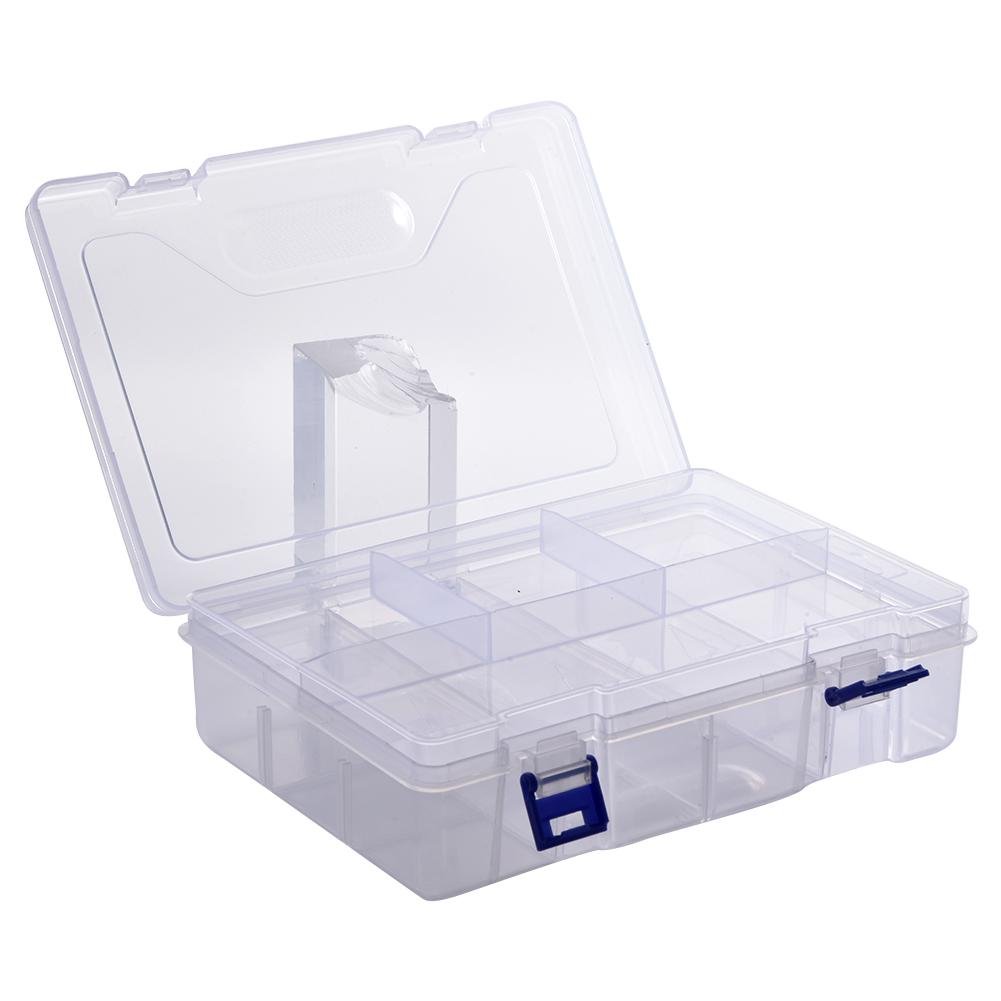
Reviews
There are no reviews yet.